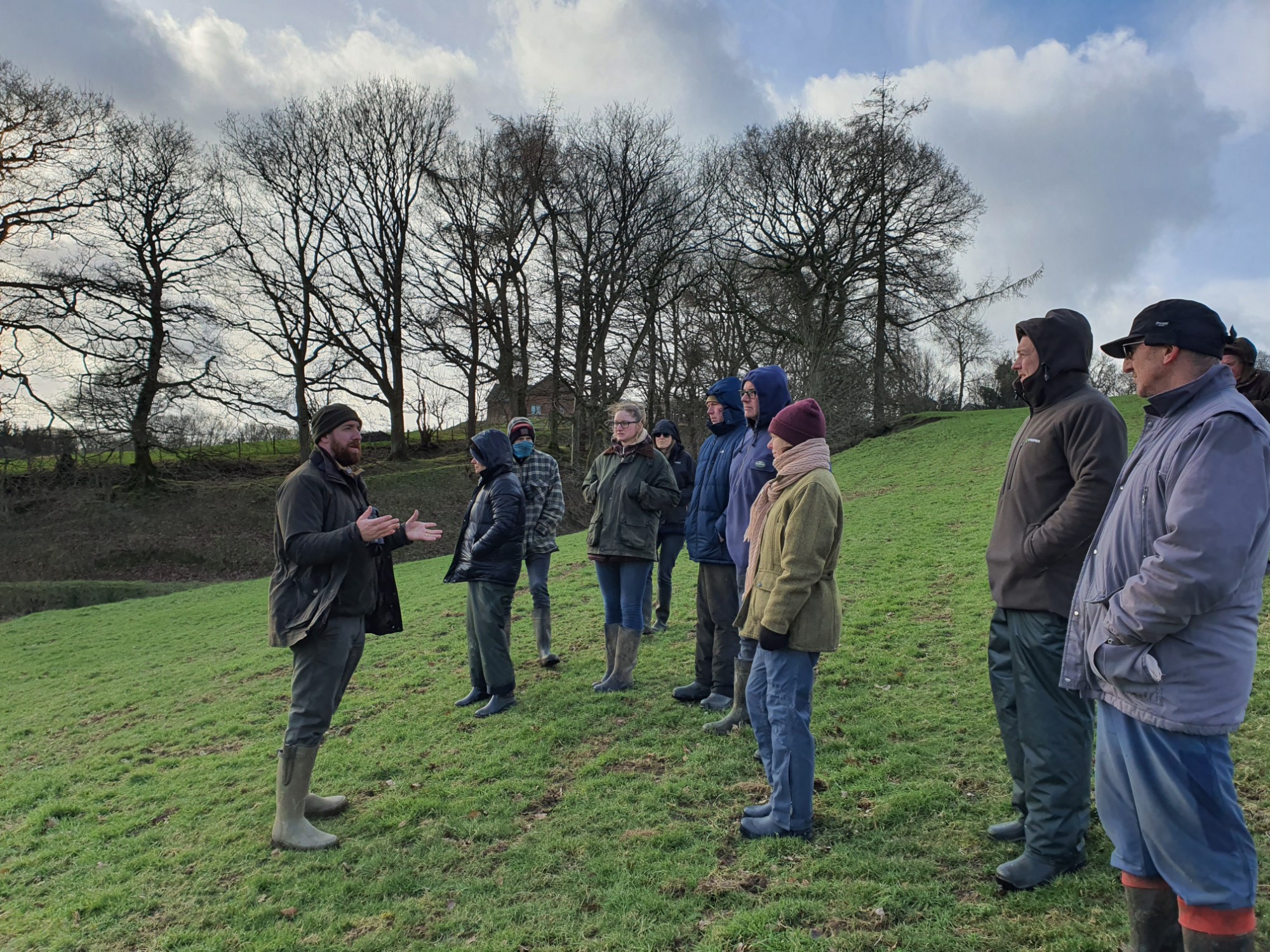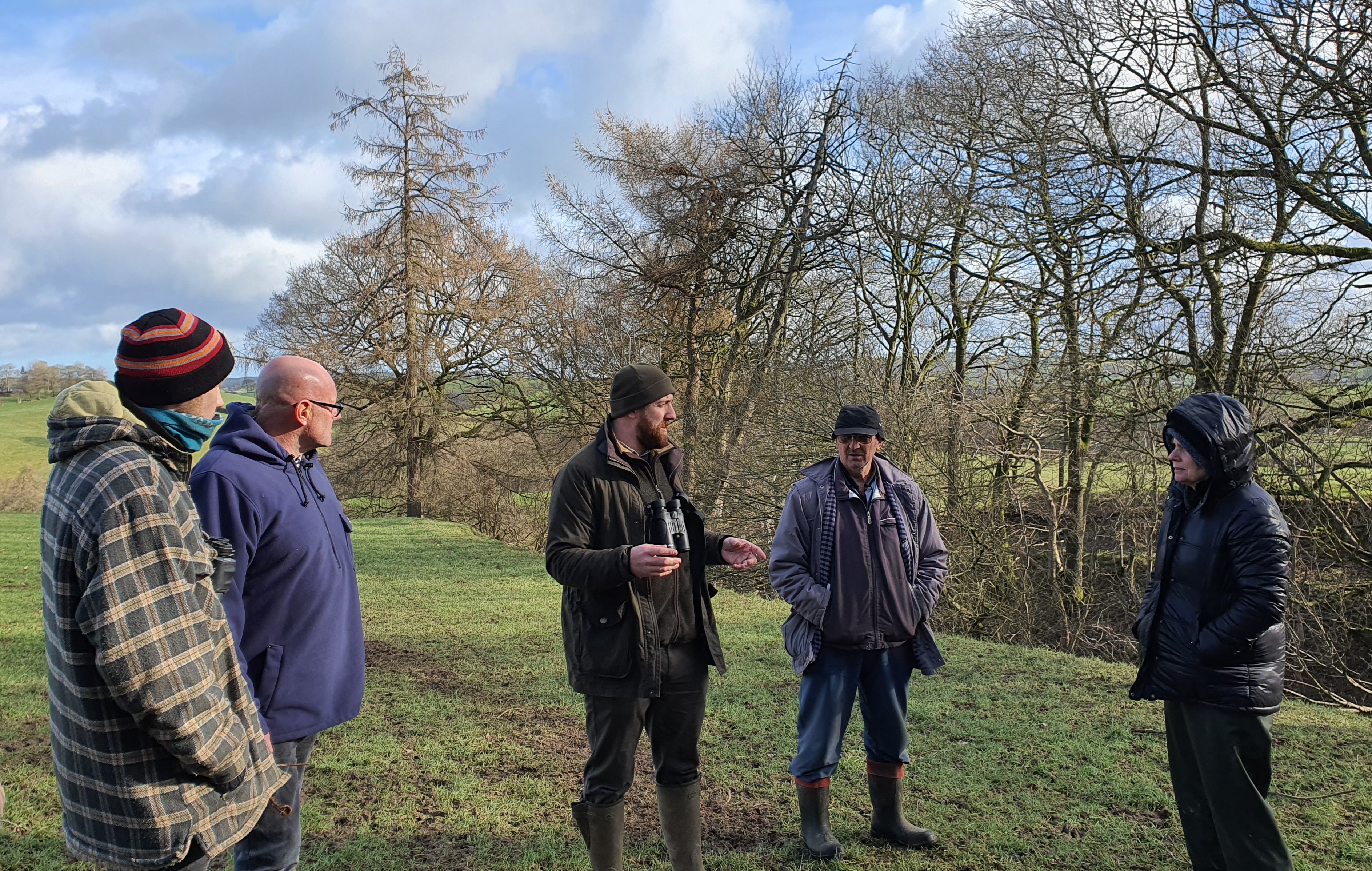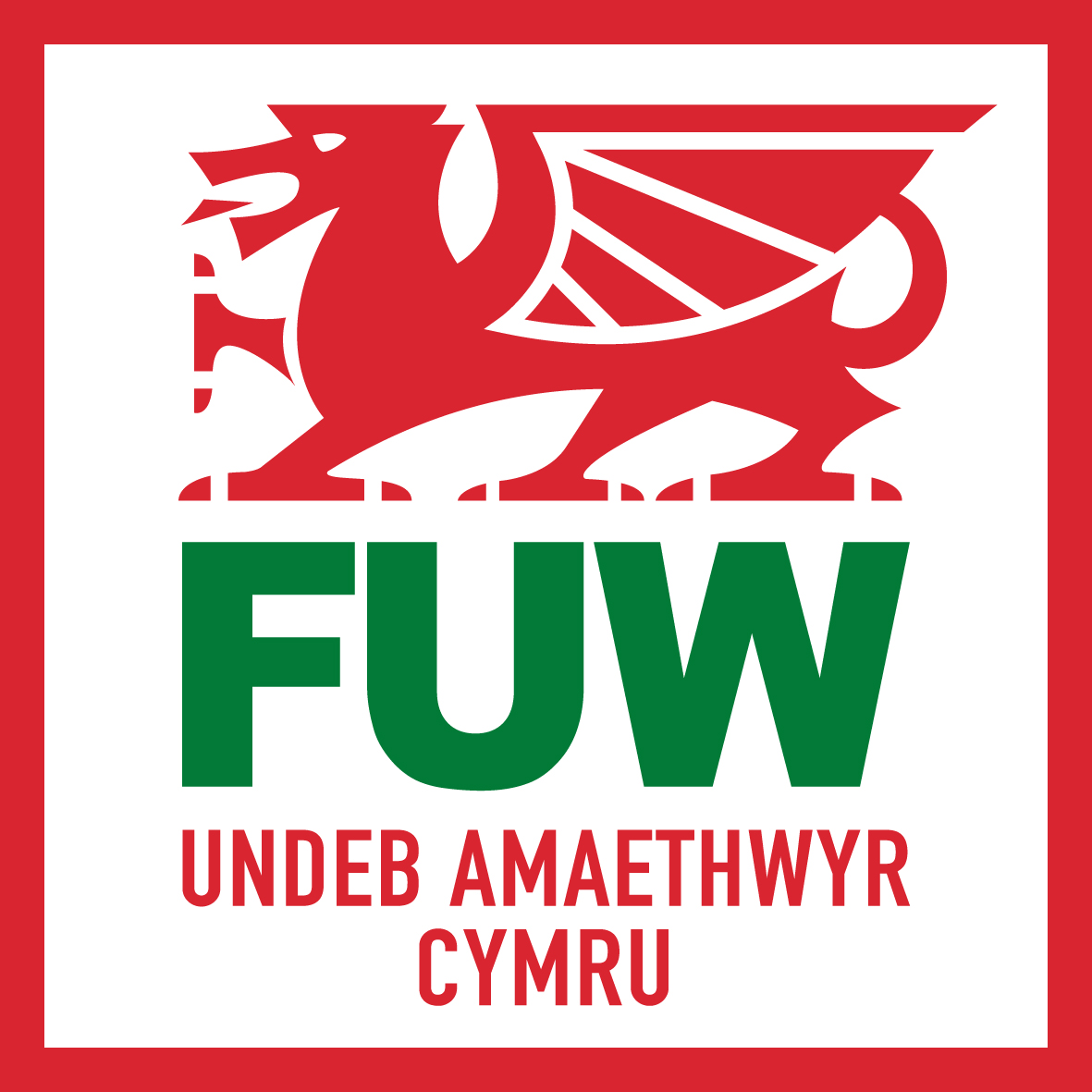 Farmers across Wales are embracing conservation work and aiming to increase biodiversity on their holdings. Many are actively providing habitats that will help reverse a decline in species, often without grant aid.
Farmers across Wales are embracing conservation work and aiming to increase biodiversity on their holdings. Many are actively providing habitats that will help reverse a decline in species, often without grant aid.
John and Sarah Yeomans, who farm at Llwyn y Brain, Adfa, Newtown, are committed to do what they can to ensure that food production works hand in hand with conservation and environmental goals, and hosted a Big Farmland Bird Count (BFBC) event to demonstrate what species they have on their farm.
The Yeomans family farm a fragmented upland and reclaimed hill unit of around 285 acres (115ha) running up to 1420 feet above sea level. They keep around 90 cows and replacement heifers, mainly Limousin and British Blue x alongside a flock of around 700 Beulah ewes and ewe lambs.
The family hosted the BFBC event with Matt Goodall from the Game and Wildlife Conservation Trust (GWCT) and were also joined by a number of neighbouring farmers, exploring ways to boost the variety of wild birds on their farm land.
John said: “A lot of farmers, by their nature, are already doing a lot of conservation work. With or without grants. The problem is not many people know about the good work that is being carried out by farmers, so I hope that in future farmers can be portrayed in a better light.”
“The aim of the Big Farmland Bird Count is to raise awareness of the great conservation work being done on farms across Wales and to also highlight what can be done to help farmland birds survive this difficult time of year so that the breeding populations are increased,” says Matt who wants to encourage Welsh farms to take part in the initiative.
Walking around the farm, the family count the different types of birds who call the trees, hedgerows and grassland at Llwyn y Brain, home.
“I think we’ve between 50 to 60 different species of bird here, including Lapwings, Hedge Sparrows, Tree Creepers and the Cockatiel in the front room who is in his third decade,” says John.
“But we’d like to do more work with the GWCT to work out how we can increase the number and ensure we have a healthy, thriving population here.
“Whatever we do though, we need to have a successful business to go with it. Livestock helps our grass grow, and they turn that into edible protein. Our sheep and cattle are part of the solution and I think it’s fair to say that healthy livestock positively contribute to biodiversity and conservation,” said John.
Keen to go a step further in their conservation efforts, the Yeomans family want to do more but fear that farmers sometimes aren’t given the right tools and information to achieve desired outcomes.
“An interesting Glastir option highlighted by Matt at the event, was installing bird feeding stations across the farm to help the birds survive over the winter. Annoyingly until today, I didn’t know you can add this to your Glastir plan - that has never been promoted to us. We would certainly have added that option to our environment scheme plan, had we known about it.
“Going forward, it is important that the Government and conservation bodies work with farmers. 80% of Wales is farmed land, and whilst some organisations can highlight what’s happening on small nature reserves, you have to work with farmers if you want these things to be successful across the country,” added John.
 Matt adds: “Now is a critical time to ensure that the next scheme is accessible, inclusive and rewards farmers sufficiently to want to take part. We hear all the time how Glastir has been too restrictive and when you consider less than a quarter of Welsh farms are in Glastir you realise something has to change.
Matt adds: “Now is a critical time to ensure that the next scheme is accessible, inclusive and rewards farmers sufficiently to want to take part. We hear all the time how Glastir has been too restrictive and when you consider less than a quarter of Welsh farms are in Glastir you realise something has to change.
“Farmers have got to be seen as the solution to halting wildlife declines, and GWCT has demonstrated it’s possible to bring back farmland birds and a host of other wildlife, whilst maintaining farm profits, proving it doesn’t have to be one or the other as some might think. What’s crucial is having the right tools in the toolbox and an improved, accessible agri-environment scheme could really help farms achieve this,” says Matt.
John added: “I would encourage all farmers to take part in the bird count, and submit the results to the GWCT, to help them demonstrate what’s being done on farms and create a really positive message that Welsh Farmers care.”
Please get involved in your own farmland bird count now and get the results uploaded so we start to see what birds are responding to the conservation efforts being made by so many Welsh farmers www.bfbc.org.uk
How to take part: Download a count sheet from www.bfbc.org.uk and count your birds! On a day between February 7 and 16, spend about 30 minutes recording the species and number of birds seen in one particular area, aiming for approximately 5 acres. Once completed, submit results at www.bfbc.org.uk


